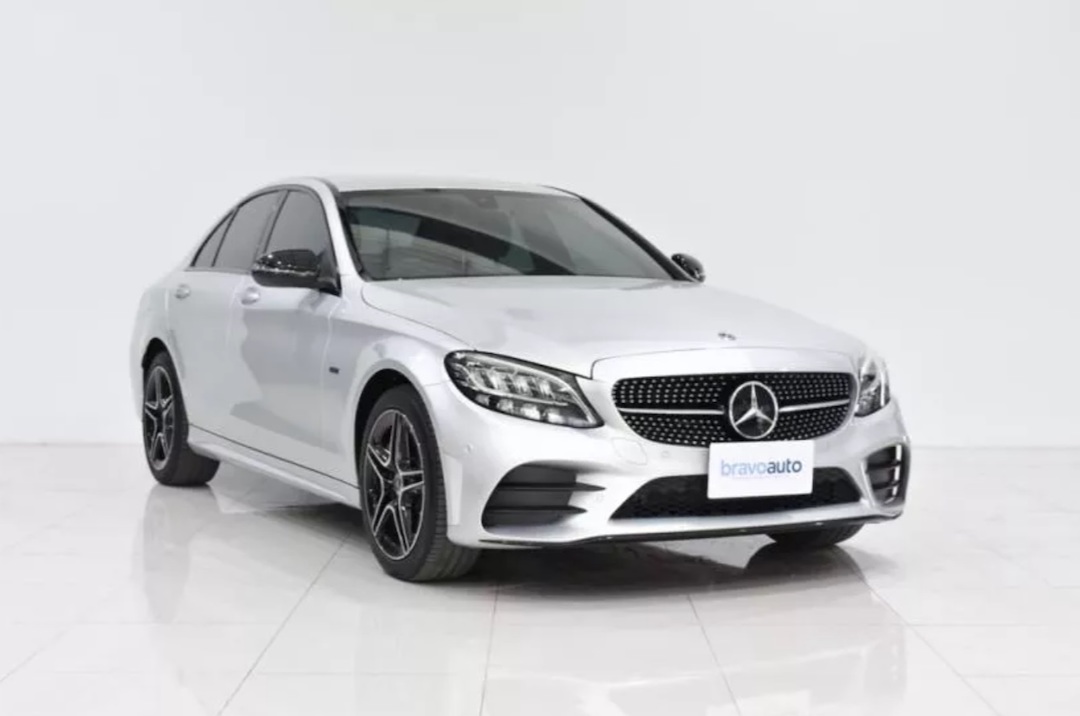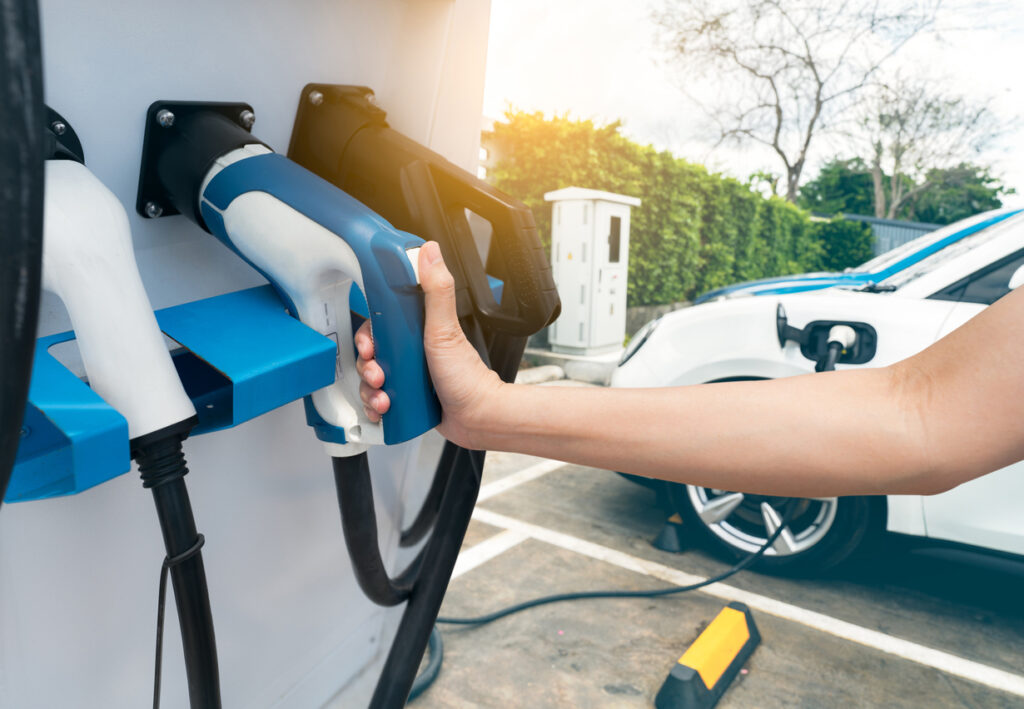Among the many car types in the market, sedan cars are the most traditional car type. Their classic three box design and standard proportions are suitable for those who seek a car that’s familiar and easy to drive, and is generally the car type of choice for drivers who want to stick with the tried and tested. Sedans generally offer a decent amount of interior space to accommodate passengers, and many sedans also have a generous-sized boot for carrying items such as grocery shopping or luggage.
If you’re looking to buy a sedan, here are the things to consider before you make your decision.
1. Car Size and Dimensions

The first thing to note is that sedans come in many different sizes and models, from compact to midsize to large. They vary greatly from brand to brand, and each manufacturer has their own definition of sizes within their lineup, but the general design principles of a sedan having a decent-sized interior and a good-sized boot typically applies. It is therefore important to consider your needs when deciding what kind and size of sedan to go for.
Larger-sized sedans tend to be priced at the more luxurious end of the market, and as such may have more features included, such as leather seats or sunroof. However, because of their size, they can be tricky to drive and park, especially around the urban city areas and tight carparks. As such, many of these large sedans tend to have reversing cameras and sensors as standard.
Smaller sedans meanwhile can be easier to drive thanks to their compact dimensions, and their smaller size generally means they are more affordable to buy and run.
If you want something in the middle, you can also consider a mid-size sedan, which offers a good compromise between space and drivability.
2. Interior Cabin Space

Similarly, the different sizes of sedans means that interior space can vary greatly as well. In general, most sedans can provide car seating for up to five passengers, including the driver. However, for some smaller-sized compact sedans, the rear seats can be a bit tight, and would probably be just enough to accommodate two adults and one child.
A mid-size or large sedan is more likely to be able to fit three adults comfortably but again this depends on the overall design of the car and may vary from brand to brand. Some sedans, typically ultra-high end luxury or sports models, have rear seats that are designed to seat two individual adults, with a middle section separating them for privacy purposes.
Some sedans also come with a sloping roofline at the rear, which can affect headroom, especially for taller passengers. It is therefore important to test out the interior space with your friends and family if you intend to use your sedan to drive them around regularly.
3. Car Boot Capacity

Most sedans have a boot area that is enclosed and separated from the passenger compartment, as opposed to hatchbacks/SUVs where the boot can be generally accessed from the passenger area. Some people prefer the enclosed boot design of sedans as it may be perceived as offering greater security for items that are stored in the boot area, and the items can be safely stored without spilling into the passenger area.
Again, boot space can vary greatly depending on the size of the sedan, so it’s important to check out the amount of boot space available to see if they are large enough for your needs. Most manufacturers use golf bags to illustrate how much a boot is able to accommodate, but other items that may be useful to determine whether the boot is big enough could include baby strollers or luggage bags.
Another thing to take note of is the shape and size of the boot opening, and whether it is of a design that allows you to load and unload items easily. Does the shape of the opening make it easy to fit in longer or odd-shaped items? Also, is the opening low enough such that you don’t have to lift heavy items to a great height in order to load them into the boot?
Some sedans also offer rear seats that can be folded down, which increases the boot space even further, and can be useful to help accommodate larger or longer items. If the sedan you’re buying comes with this feature, do check out how easy it is to fold down the rear seats, as well as the size of the opening and whether they can accommodate large or long items easily.
4. Front, rear or all-wheel-drive
Most sedans these days are front-wheel-drive (FWD), but there are a number of sedans that are rear-wheel-drive (RWD) or all-wheel-drive (AWD).
The key difference is mostly in terms of drivability. RWD sedans are usually reserved for larger, more expensive sedans that place a priority on driving enjoyment. AWD sedans are typically offered on models that are sold in countries where wet and wintry conditions are common, and they offer greater stability and road-holding ability in such conditions.
For sedans especially as well, RWD and AWD cars also tend to have slightly less interior space in the rear, as they need to accommodate the drivetrain and related components that send the engine power to the rear wheels. In contrast, FWD cars do not have this necessity, and therefore they can be designed more efficiently to offer more interior room for passengers.
5. Engine type and fuel efficiency
A typical sedan may have better fuel efficiency than an equivalent-sized SUV or MPV, as sedans have a lower profile and a sleeker, more slippery body shape, giving them aerodynamic advantages that result in greater efficiency benefits. In general, given an equal size and engine, a sedan can be around 15 to 30 percent more fuel-efficient than a similarly-sized SUV.
However, fuel efficiency is also dependent on many other factors, including engine size, power output, and weight of the car. A sedan with a large engine (generally above 3,000cc in capacity) will tend to use more fuel than a smaller-sized engine, as they will need more fuel to develop more power.
Similarly, a larger-sized sedan that weighs heavier will also use up more fuel than a smaller sedan that’s lighter, as they will need more fuel to move the car along. A small and light sedan would weigh somewhere between 1,000kg to 1,400kg, while a large and heavy sedan would be somewhere between 1,800kg to 2,000kg or more.
These days however, there are also hybrid and electric-powered sedans that can deliver outstanding efficiency that go beyond that of conventional internal combustion engine (ICE) cars, so they are worth considering if efficiency and eco-friendless is a priority for you.
Hybrid and electric-powered cars also offer regenerative braking to recover energy, and are more eco-friendly given that they use electricity produced from the grid, as opposed to ICE cars that run on fossil fuels.
As a general guideline, an average fuel consumption figure of 15km/L or more would be considered excellent for a petrol or hybrid sedan, while anything from 10km/L or less would be considered poor fuel efficiency.
6. Safety Features
Many people buy sedans to drive their families around, and so safety features are an important consideration when it comes to choosing the right one.
Do take note of what are the key safety features that are included, such as the number of airbags. Other safety features that should be considered include forward collision warning, automatic emergency braking, and blind spot detection and warning, which can help prevent accidents from happening.
7. Automatic or manual transmission
While many new cars these days come with automatic transmissions, some markets still offer manual transmissions for selected models. However, these are becoming limited as most consumers tend to prefer automatic transmissions and car manufacturers cater to their demands accordingly.
The main benefits of an automatic transmission is that it provides an easier drive, as there is no need to shift gears manually, or engage the clutch, making it less taxing to drive especially in urban traffic that is congested and start-stop in nature. However, automatic transmissions are mechanically complex, and can cost more to repair as compared to a manual gearbox.
While a manual transmission may require a bit more effort to drive in traffic, they are relatively simpler to fix and repair. Some enthusiasts may also enjoy the sensation of driving a manual transmission car as they prefer the feeling of engaging and shifting the gears themselves.







